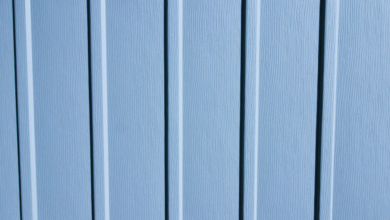Stucco Over CMU Walls
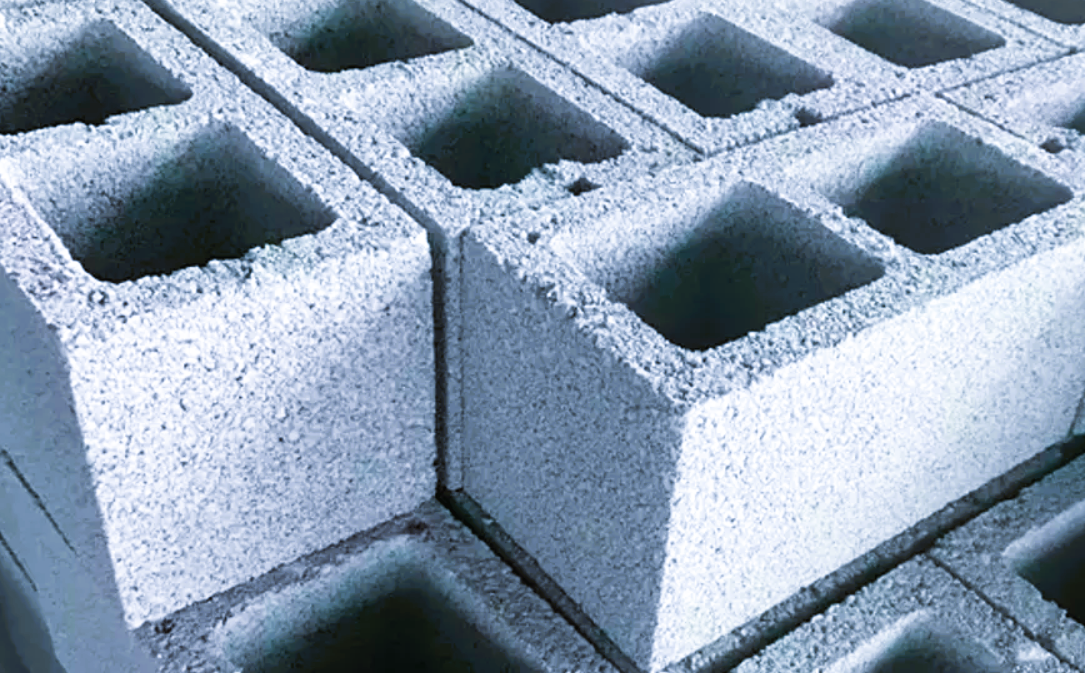
The acronym for concrete masonry units is CMU. Contractors frequently call it concrete block, cinder block, and other names.
A rectangular block of standard size used in construction is referred to as a CMU. Usually, it consists of fillers, water, and Portland cement.
You might want to use stucco for the finishing touches if you intend to use CMU to construct a residential or commercial building.
The procedures for applying stucco over CMU will be explained in today’s post. We will also go over the project’s advantages and disadvantages.
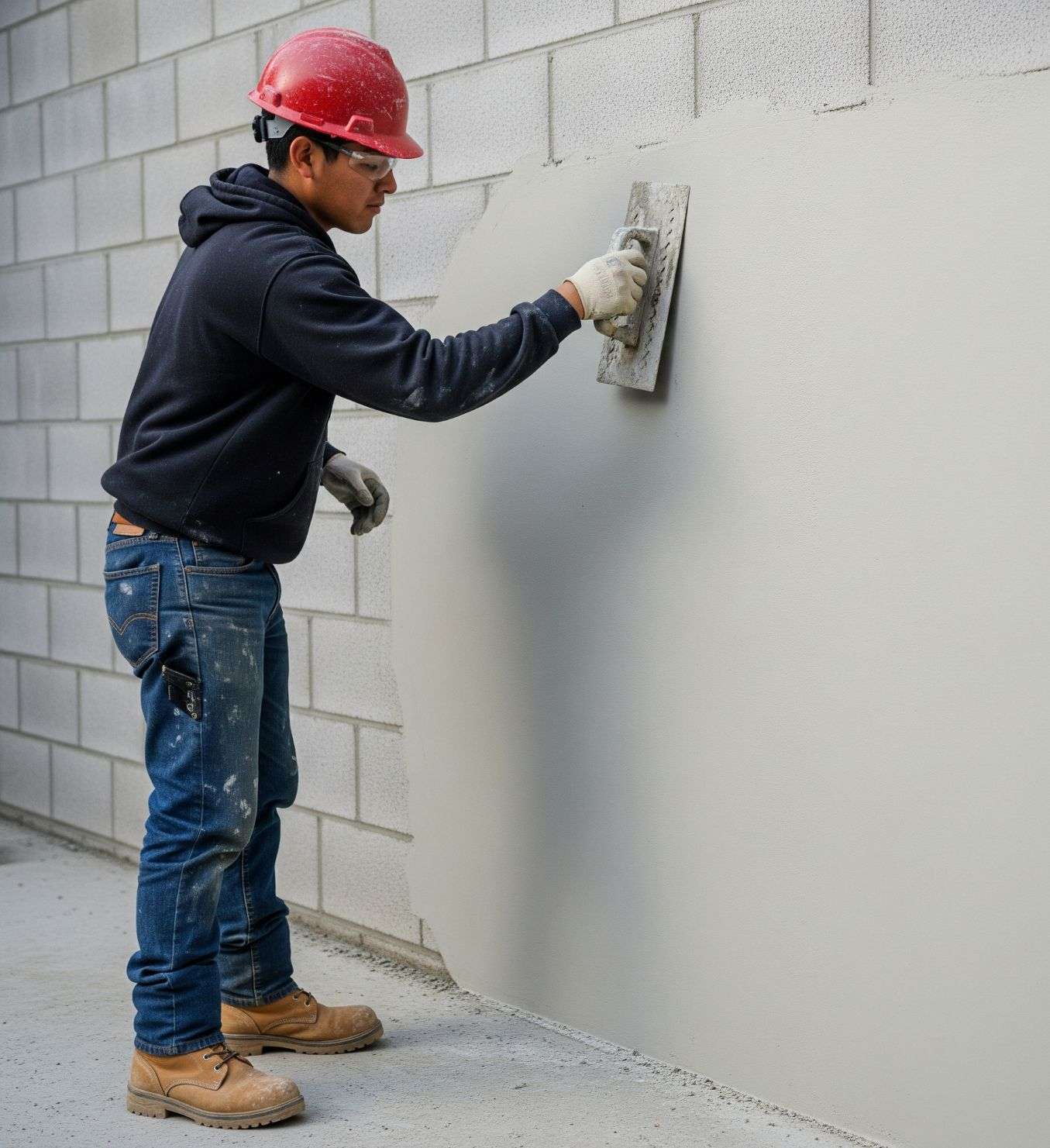
Can stucco be applied over CMU?
You can apply stucco to CMU, of course. It will endure for many years if you just make sure that the stucco and CMU have a solid bond.
Despite their special qualities, concrete masonry units are not very visually appealing. For this reason, most people would rather use a product like stucco to finish them.
How Can I Cover CMU with Stucco?
When applying stucco over CMU, there are two primary techniques:
-
Straightforward Use.
Using this technique, stucco is applied straight to a CMU. Through water absorption, the CMU creates a bond with newly laid stucco. Adhesion between these two materials can also be enhanced by the use of a bonding agent.
The easiest and fastest way is to apply stucco directly over CMU. But you have to be positive about the bond that was formed. The stucco won’t last otherwise.
-
Application by lathe.
You can always use a metal lath if you’re worried about how well stucco will stick to CMU. In this case, the stucco will be placed on top of the lath. The bond between stucco and CMU is strengthened by lathed applications.
This method has some drawbacks, just like the last one. Because metal laths are prone to corrosion, the stucco may eventually break into smaller pieces.
Depending on your preferences, you can choose from any of the above-described approaches. Nonetheless, there is a low-risk, professional method of applying stucco over CMU. This approach is less time-consuming and exhausting, so I heartily recommend it.
This is the most effective way to apply stucco over CMU.
Step 1: Clean the CMU as is.
The surface to be applied to must be thoroughly cleaned before applying stucco. Its adherence to stucco may be impacted by debris and other particles on CMU. Start blasting the cinder blocks with a pressure washer.
Step 2: Rough up the CMU surface.
I like to scratch up the surface, but some people go straight to the next step. Make sure to roughen the surface of a CMU wall before applying a finish.
The stucco has something to bite into as a result. A rough concrete masonry unit will adhere to stucco more effectively. Scuff the cinder block lightly with sandpaper.
Step 3: Apply a bonding agent.
Applying stucco over CMU is much simpler, in my opinion, when a bonding agent is used. There are numerous options available to you.
DRYLOK latex bonding agent and Quikrete concrete bonding adhesive are two examples. These products guarantee a solid, long-lasting bond between the stucco and CMU.
Please be aware that each bonding agent may have a different application procedure. Observe the guidelines provided by the manufacturer.
Step 4: Apply the stucco.
You can apply the stucco over the CMU once you’ve finished all the previous steps. The scratch coat is usually applied first for people who are not experienced with applying stucco.
For it to adhere to the subsequent coat, it should have a rough texture. Give the scratch coat a day or so to dry completely.
Next, apply the slightly thicker brown coat. Using a trowel, level and smooth the brown layer. Apply the final coat last.
Step 5: Allow it to dry and carry out routine upkeep.
The new finish on your CMU wall will look better if you give your stucco enough time to dry. Even though stucco is durable, it needs to be touched up frequently, like by misting it with water, to prevent cracking.
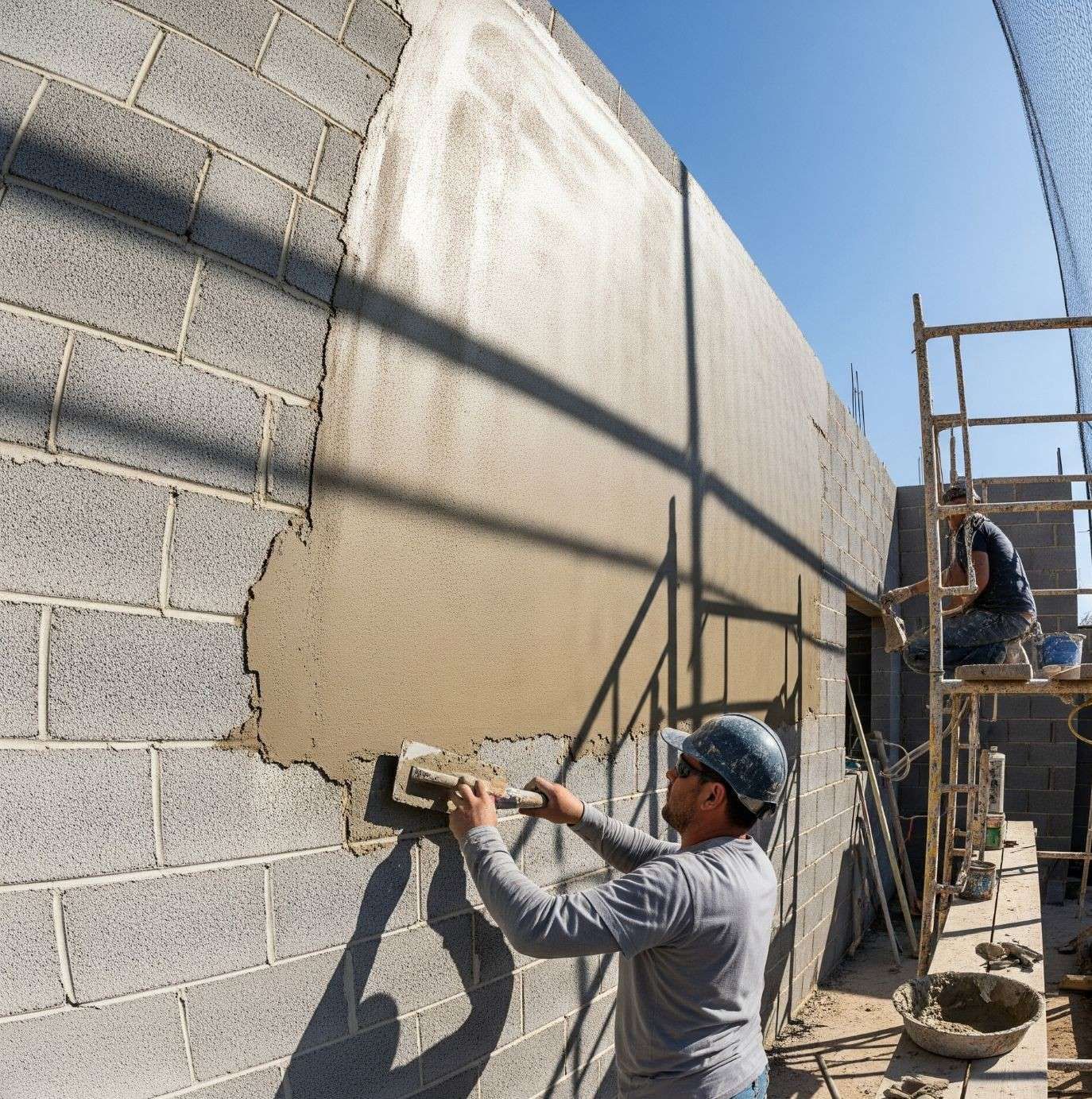
What are the benefits of using stucco to finish CMU?
Cinder blocks can be finished with a variety of different materials. Why use stucco, though? When using stucco to cover CMU, property owners can benefit from the following advantages:
- Stucco offers a wide range of color, texture, and design options that can improve exterior aesthetics. Unlike CMU, stucco can improve the external look of your house. Over the CMU walls, stucco can be used to create a distinctive architectural design.
- Stucco can offer insulation and lessen heat transfer. Were you aware? Heat transfer from the interior to the exterior is decreased when CMU is covered with stucco. Your energy bills will remain low as a result.
- Preserves CMU’s durability by shielding it from damage. Nevertheless, weather, impact, and other factors will eventually affect it. Stucco on the exterior will shield CMU from the weather and extend its lifespan.
- For CMU walls, stucco is an affordable and low-maintenance external finish option. It is not necessary to clean stucco every week. Additionally, it can endure for years without needing to be repaired if applied properly.
What Dangers Come with Using Stucco Over CMU?
It’s a good idea to evaluate the risks associated with any project before starting. Like any other project, there are a few potential problems when stuccoing CMU. The risks involved are listed below, along with tips for avoiding them:
- When stucco is used in place of CMU, crack formation is a major problem. The stucco is likely to develop cracks if the CMU wall moves.
Before applying stucco, it is crucial to examine and fix any structural problems with the CMU. Cracking may also result from poor adhesion. Be sure to thoroughly scuff up the CMU and apply a bonding agent.
- Moisture penetration: Water penetration is an additional possible concern. A porous finish is stucco. Water can therefore flow through with ease.
Mold and cinder block damage can result from moisture seeping through stucco and becoming trapped between CMU walls. The CMU wall needs to be flashed completely to prevent this issue.
- The stucco may delaminate and fall off the CMU due to inadequate bonding strength. You won’t have to worry about this if you follow the procedure I previously outlined.
One common reason for inadequate bonding strength is poor craftsmanship. The stucco will adhere flawlessly as long as you scuff up the CMU surface and apply a bonding agent.
You should work with an experienced stucco contractor if you are worried about running into these hazards. Applying stucco over CMU is a task that any do-it-yourself enthusiast can complete.
If you are not confident that you can install the stucco finish correctly, you should seek professional help.
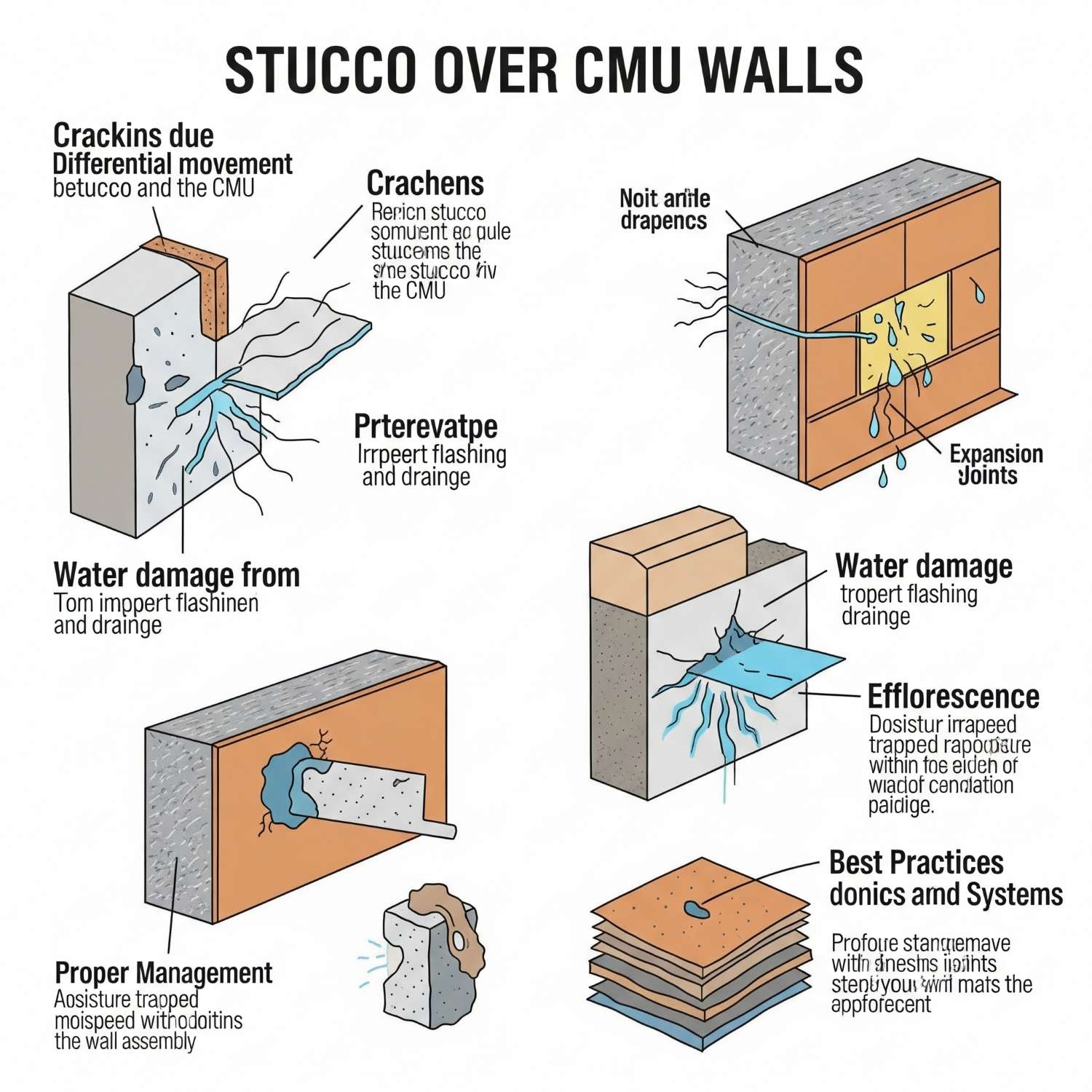
What Other Stucco Substitutes Are There for CMU?
You can use finishes other than stucco on CMU. Other finishes are more practical and aesthetically beautiful. Consider paint. It is less expensive and simpler to use.
Paint is available in a wide range of hues and patterns. Cover CMU with plaster, vinyl siding, cladding panels, or veneers. Examine these options and determine which is superior before choosing stucco.

